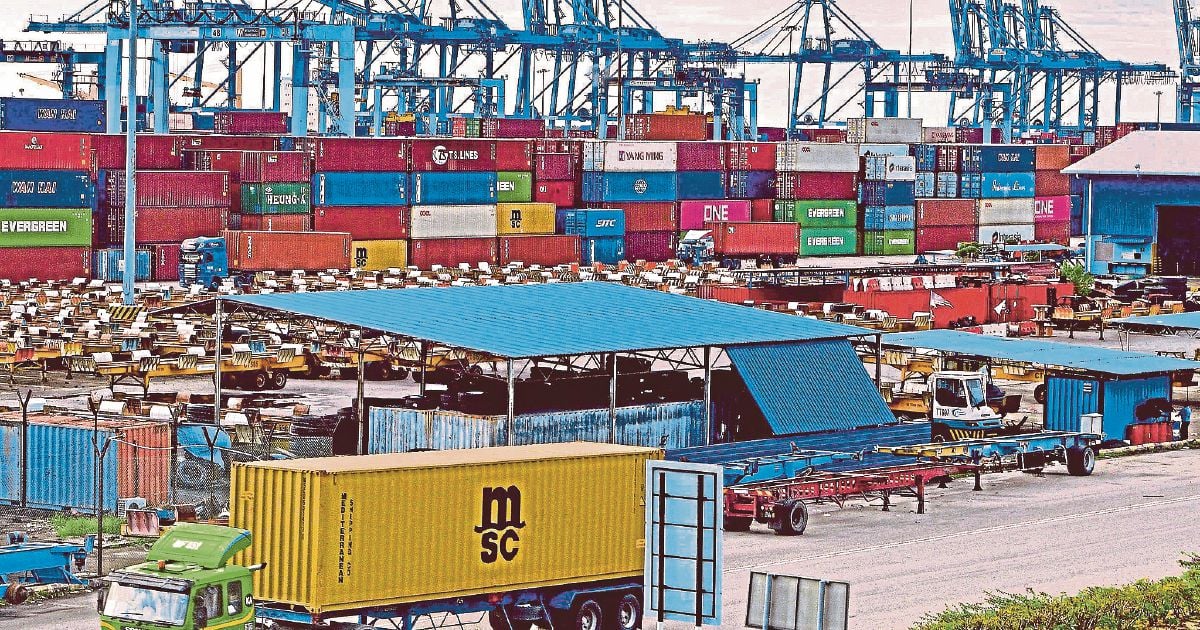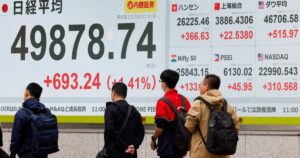KUALA LUMPUR: The US’ new tariff deals with Japan and the Philippines, could heighten regional competition, but economists say Malaysia still holds firm in key sectors.
Malaysia should act swiftly to maintain its edge, they added.
On July 22, US President Donald Trump announced a deal with Japan that set tariffs on the nation’s imports at 15 per cent, including for autos – by far the biggest component of the trade deficit between the countries.
A separate agreement with the Philippines set a 19 per cent rate, the same level as Indonesia agreed to and a percentage point below Vietnam’s 20 per cent baseline level, signalling that the bulk of Southeast Asia is likely to get a similar rate.
In return, Indonesia removed tariffs on over 99 per cent of US products in exchange, while Japan commits to open markets for US autos, rice and agricultural goods, and to invest US$550 billion into the US.
“The US-Japan and US-Philippines deals suggest Washington is rewarding bilateral agreements with tariff relief.
“That puts pressure on countries without deals, like Malaysia, to secure similar access or risk being sidelined for future export-led foreign direct investment,” SPI Asset Management managing partner Stephen Innes told Business Times.
However, Innes emphasised that Malaysia still remains a strong contender in the regional trade landscape.
“While sectors such as automotive and final-stage electronics might see shifting investment flows, Malaysia’s established role in the semiconductors and E&E supply chain remains a key asset.
“Malaysia still offers strong fundamentals (particularly in electronics) but in this environment, trade certainty is a competitive edge. Bilateral talks with the US should now be a priority,” he said.
Echoing similar sentiments, Bank Muamalat Malaysia Bhd chief economist Dr Mohd Afzanizam Abdul Rashid said the risk of losing the nation’s competitiveness is real.
Therefore, product differentiation will be crucial for Malaysia to maintain its export strength.
“Areas like Halal certification can help Malaysia carve a niche where our products and services remain highly sought after, despite the higher tariffs US consumers might have to pay,” he said.
On whether Malaysia could lose trade share to Japan or the Philippines in specific sectors like electronics and automotive, Afzanizam pointed out that Malaysia’s position in the OSAT (outsourced semiconductor assembly and test) space is already strong.
“Malaysia has established its footprint in the OSAT segment of electronics. Given our economies of scale, it may be quite difficult for other countries to replicate our capabilities,” he said.
Economist Dr Geoffrey Williams said the new tariff deals for Japan, Philippines and before this Indonesia and Vietnam, had put Malaysia at a disadvantage if the 25 per cent reciprocal tariff is maintained.
“It will affect trade and FDI because companies will locate FDI to countries with lower US tariffs,” he said.
Williams said Malaysia’s automotive exports are unlikely to be affected, but component manufacturing and certain E&E segments may see gradual changes in investor interest.
“It may not affect semiconductors but could affect other electrical and electronics. It will not affect automotive because Malaysia does not export vehicles but it could affect components.
“The lesson is clear, Malaysia must go zero-tariff and try to reduce non-tariff barriers to compete. There is only one week left,” he said.
From a positioning standpoint, Innes said with the Aug 1 tariff wall approaching fast, traders are conditioned to expect last-minute deals – headline-driven repricing that rewards speed over skepticism.
“This one hits all the right spots including autos, agriculture, liquefied natural gas and even the promise of future investment. The US$550 billion figure Trump floated may be fuzzy, but the market does not care.
“The trade tape was primed, and this was the spark,” he added.
© New Straits Times Press (M) Bhd






